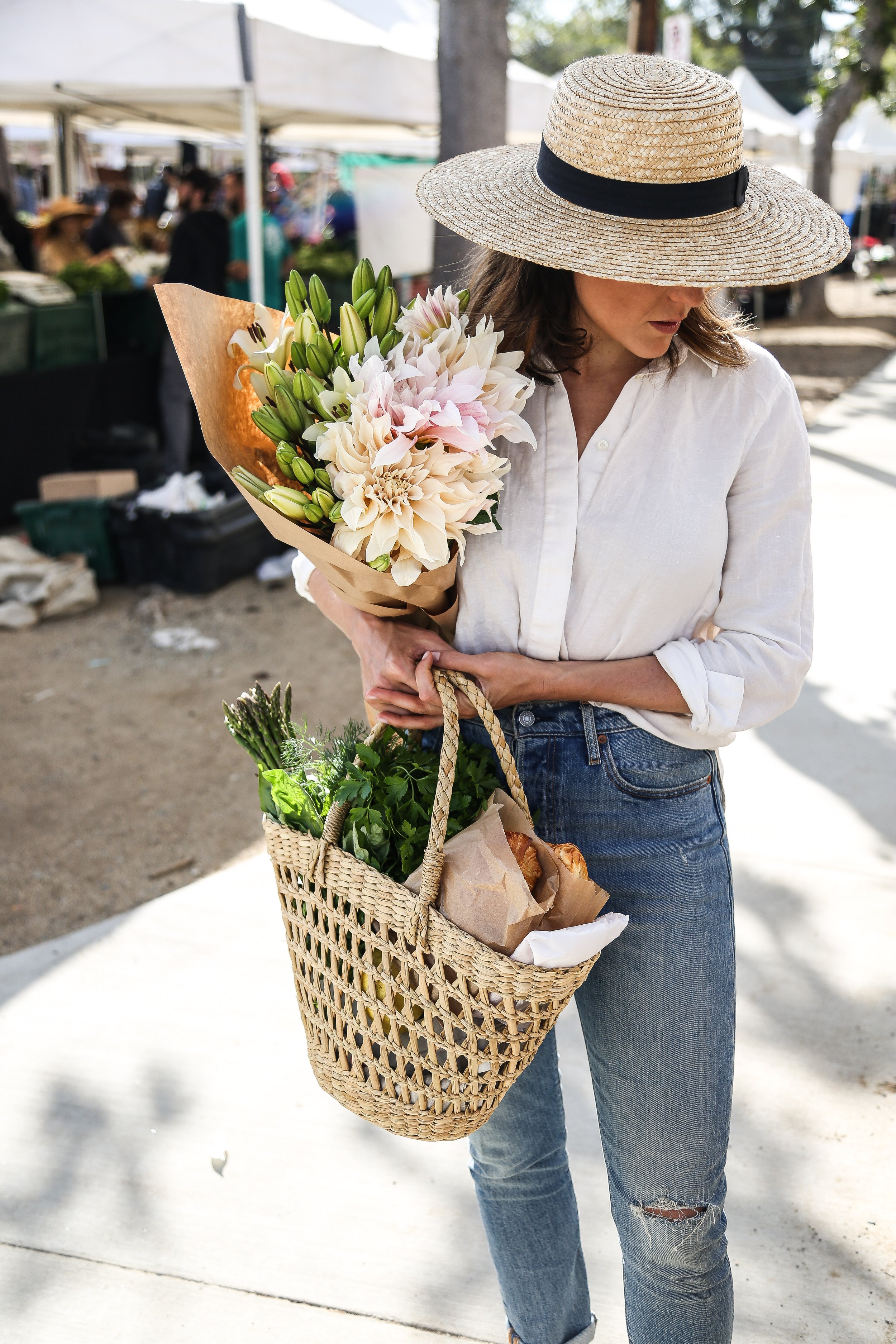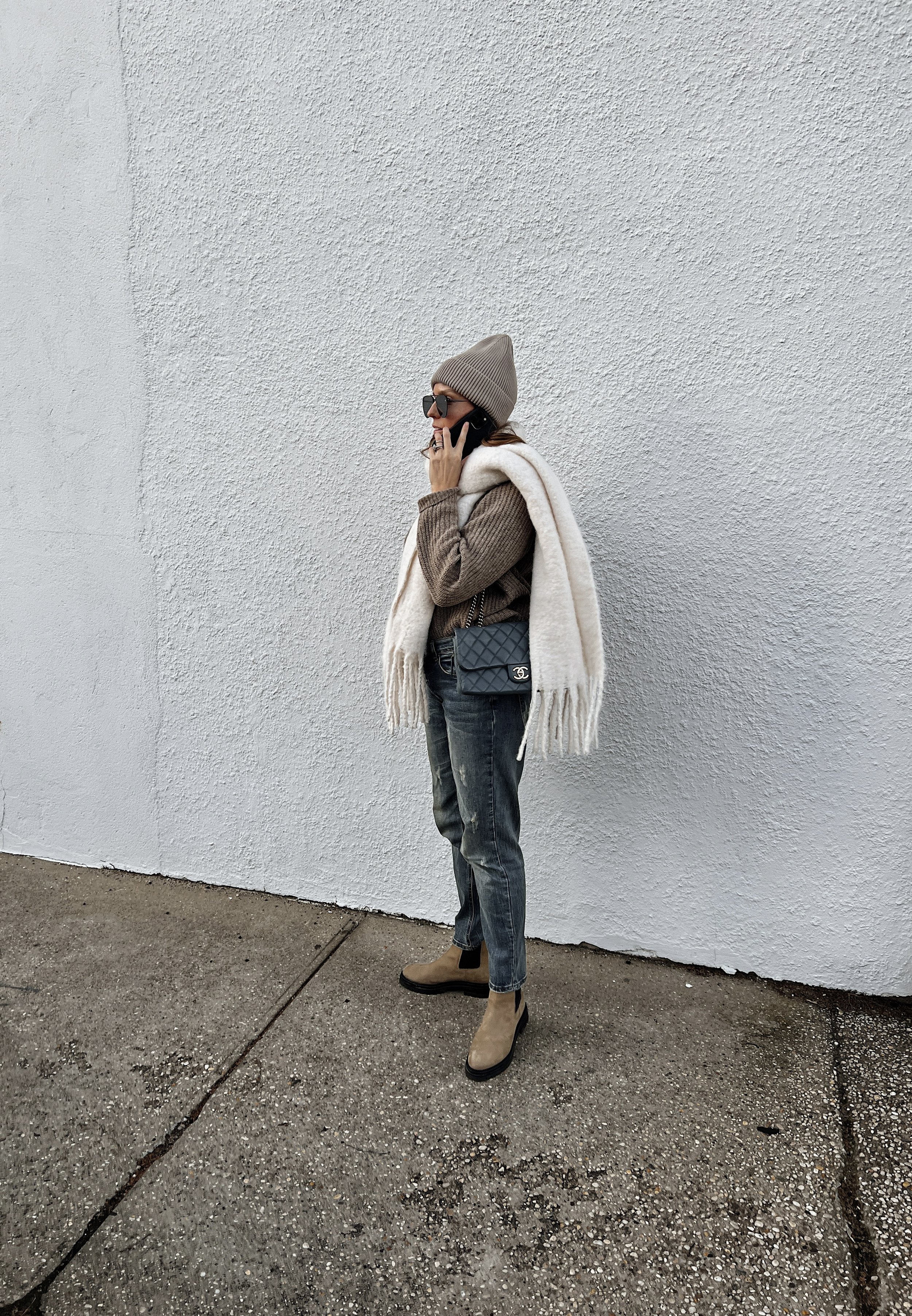17 Sustainable Shopping Tips

17 Sustainable Shopping Tips TO INCORPORATE INTO YOUR LIFE NOW
Not to sound like I have it all figured out (because Lord knows I certainly don’t), but I like to think that I’ve always been a bit more conscious of my sustainability efforts. Growing up in a family that reused everything and anything until it could’t possibly be used again, and recycled or repurposed everything else, grew our own fruits and veggies, bought from local farmers and markets, shopped at garage sales, composted, reused containers and bags, you could say I had a pretty solid sustainability blue print already laid out for me to follow. Moving to California definitely took it to a whole other level. With year round access to wonderful farmer’s markets, plenty of refill stores, communities that prioritize their sustainability impact (the fact that I can bring my own containers somewhere and not only does no one roll their eyes or give me a hard time, but it’s actually something that is encouraged), among other things, it definitely encourages and pushes me to be even more sustainable however I can.
Sometimes though, in today’s modern and busy world, figuring out how to live more sustainably can feel really overwhelming and challenging. Especially if it’s not something you were exposed to previously or your community isn’t as invested in sustainability. Or when it pertains to something that you have to do all the time, like shopping. You start off with all these good intentions, like avoiding this or that thing or only buying products from this or that brand, but then reality sets in. Maybe certain products aren’t available in your area, or the thing you really, really need only comes wrapped in plastic, or it’s wintertime so the farmer’s market is temporarily closed where you live, or there’s just the plain simple truth of you need basic items and certain necessities to function and live, and sometimes, at one point or another, some things just get worn out, old or broken beyond use and repair and just plain need to be replaced.
So, while you can’t avoid shopping, there are definitely steps you can take to do so more sustainably, in ways that aren’t totally overwhelming yet still support a more circular economy. Whether it’s being more conscientious about the brands you buy, selecting the most eco-friendly option available to you, choosing products that are made sustainably or supporting companies that are committed to minimizing their environmental impact, there are so many ways to cut down your carbon footprint and stay eco-friendly when shopping for things that you need. And whether you do one, a few, or all of them, every little bit adds up to truly make an impact and a difference.
17 SUSTAINABLE SHOPPING TIPS
1/ KEEP IT SIMPLE
When it comes to not getting overwhelmed in the realm of sustainability, I always say you have to start with what is simple. If it’s difficult, hard, expensive, etc. you just wont be motivated to try it and/or stick with it. Don’t just jump from zero to all of the sudden you’ll only use products you can refill at your local refill store. Instead, keep it easy and approachable by starting simple and small, like reusing your shopping bags as trash bags, or bringing reusable bags for groceries. Don’t overcomplicate it. Think about how you can do what you can with what you already have.
2/ STAY informed
Research products, brands, business, wherever you’re shopping to fully understand a company and what they do (and don’t) support, follow an Instagram account or social media channels that share sustainable products, brands and updates, educate yourself on lingo and terms so you know what to look for and what to avoid, etc.
3/ Buy local
Before buying something at a big box store or a chain, try to see if you can find an option via local shops, producers, farmers, artisans and makers.
4/ Shop SEASONAL + your neighborhood farmer’s market
Having year round farmers markets here in LA is definitely something I do not take for granted, nor the fact that we have a variety of produce available year round, even when it’s out-of-season elsewhere. I know this is a rare thing that I’m so grateful for. If you’re in a similar situation, definitely take advantage, but if not be sure to shop your local farmer’s market when it is in season, and whether it’s a a local shop or grocery store, buy produce only when it’s in season (which will be different depending on where you live.
5/ Opt for secondhand / vintage items
Because it’s like a fun treasure hunt sourcing really cool and unique pieces AND it’s better for the environment because you’re giving items another chance and saving them from the dumpster life. Plus, a lot of times, vintage pieces are made far better than things we have today.
6/ Buy recycled goods
Look for goods that are made with recycled materials, scraps, leftovers, deadstock, water bottles (like my favorite slip-on sneakers), anything that is being given another life and turned into something useful versus taking up space in the trash.
7/ Participate in swap groups
Look for a swap group in your local area, or start one with friends, so when you can swap items with each other, get “new” things
8/ Quality over quantity
Purchasing quality things means you have to purchase fewer quantity of things which means it’s less often that you have to either get new things or replace things. Fewer, better is the motto here.
9/ Use reusable bags
I feel like this is kind of one of the OG sustainability moves, but use reusable bags- for shopping, for produce, whatever you can.
10/ Bring your own (reusable) containers
I know some things have changed over the last few years, but reuse containers whenever you can- at the farmer’s market, in the bulk section, at a refill store. I always bring some with me, and if they say no, they say no, but I like to have the option available when I can.
11/ INVEST IN REUSABLE PRODUCTS
Think things that you use on repeat, like swapping paper straws for metal ones or regular napkins for cloth napkins or parchment paper for a silpat baking mat.
12/ Buy in bulk
Buying things in bulk not only means you need to buy it less often, so therefore there is less packaging, depending on what you get, you can also typically use your own bags or containers, which allows you to avoid plastic packaging where there might typically be some. Plus, buying in bulk is typically a great way to save money, especially on items that might normally be a little bit pricier in individual packaging.
13/ Shop at refill shops
A great way to reuse containers and get the products you need without creating more waste
14/ Opt for sustainable / clean products
Whenever the option is available always opt for the clean and/or sustainable products, be it if it’s made more sustainably or made from eco friendly materials or helps you to be more energy efficient.
15/ Avoid purchasing things made with acrylic fabrics
Choose products made with natural, real materials, things made from plants or recycled material. In other words, skip the fast fashion and opt for more ethical brands instead.
16/ Rent versus buy
Whether it’s a dress for a wedding (that, let’s be real, you’d only wear once) or a book (that you’d also probably only use once), utilize services and companies to rent things versus buying, especially things that are typically single use, or that you might not get a lot of use out of, or you might get bored of. Not only does it save unnecessary and excessive waste, it also makes it fun because you can “get” new things more often, and lots of times, save money in the process.
17/ Support brands that support fair trade practices
Vote with your dollars by supporting ethical brands that not only care about their environmental impact but also care about their employees being fairly treated and paid. Basically brands that care about people, the plant and animals. Like we aren’t asking for much here. These are totally normal things that really should be standard across the board, ya know what I mean?









